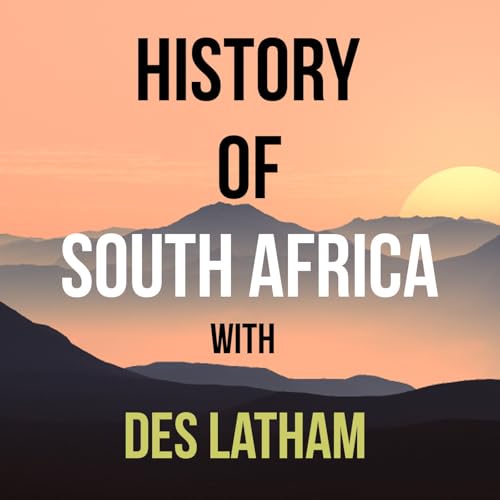The year is1878 - and Cape Governor Sir Sir Bartle Frere is throwing the empire’s weight around South Africa. Let’s put ourselves in his shoes because some historians say he had a formidable Machiavellian personality, full of fatal overconfidence, too used to having his own way and to ignoring the magnitude of obstacles confronting him.
One of those perceived obstacles was Zulu king, Cetshwayo kaMpande. Crowned in 1873 after the death of his father, Mpande kaSenzangakhona, Cetshwayo presided over a squabbling nation. His great place, Ondini, is close to where Ulundi is today. It was vast, elliptical in shape, stretching from 650 metres in one axis, to 507 in another. The outer circumference of his ikhanda, the royal residence, was over two kilometers long. The second part of his great place was a smaller group of ikhanda, and called emaNgweni.
The unusual point about emaNgweni is that the principal hut was actually a western style house. The Norwegian missionaries at Empangeni had helped build this, consisting of three rooms with glass windows, along with wooden doors and whitewashed walls, under a thatched roof. Cetshwayo went a step further at Ondini, where his special residence was build out of sun dried bricks burned black. These materials were given to Cetshwayo by Norwegian Mission Society’s Reverend Ommund Oftebro. Ommund sounds like the uMondi, the Zulu word for a sweet, aromatic herb. This is a herb used to treat flatulance, ie farting, so there’s some irony in the fact that Reverend Ommund Oftebro’s mission station was acalled uMondi. It’s on the outskirts of Eshowe.
This black bricked building at Ondini was larger than his other retreat, four wallpapered rooms, glazed windows and verandahs at the back and the front. It also had two outside doors with locks. The rooms contained European furniture, a washstand and a large mirror. King Cetshwayo would hold court in this house, tending to the affairs of state, consulting his councillors. At night, the doors would be locked and guarded by two women, armed with guns.
Yes folks, women with guns. Cetshwayo’s chief gun-runner and a chief himself, John Dunne the English trader, personally trained Zulu VIP guards in how to shoot. The bodyguards would be instructed in musketry and were armed with short carbines, ideal for close quarter bodyguarding. Dunn took the women into the veld every day in the late afternoon, and target practice would follow which included peppering the local aloes.
This echelon of women bodyguards accompanied Cetshwayo when he visited his chiefs ikhanda around Zululand with the intention of protecting him when the male amabutho were away. One of his maids in waiting, Nomguqo Dlamini, told of her life in the ikhanda in a rare book called Servant of Two Kings by Paulina Dlamini - she became a Christian and changed her name. The book is full of information about day to day life in the late 1870s, how the gatekeeper at onDini woke everyone by calling out the king’s praises, Cetshwayo would emerge after the women of the isigodlo had swept up the yard, then he often went off his sporting guns to hunt birds. Later, the king would head off to a small enclosure in the Royal Kraal where he would stand on a stone and be washed with water from the Mbilane stream, and rubbed down. The young men who attended the king were trusted sons of senior chiefs of the Xulu line, as well as other sons of Mnyamana.
At the meeting of amabutho warriors in 1875, Cetshwayo had granted permission for the INdlondlo ibutho to put on their headrings and marry. These were men in the 40s, the iNdlondlo regiment had been formed way back in 1857, and these men had waited patiently for their turn to take wives. The problem was, he gave them permission to seek brides from the iNgcugce ibutho, where the girls there had been born between 1850 and 1853. They were far younger than the grizzled warriors seeking their hands in marriage.
Voir plus
Voir moins
 19 min
19 min Nov 30 202523 min
Nov 30 202523 min 25 min
25 min Nov 16 202523 min
Nov 16 202523 min 21 min
21 min 19 min
19 min 19 min
19 min Oct 19 202521 min
Oct 19 202521 min
